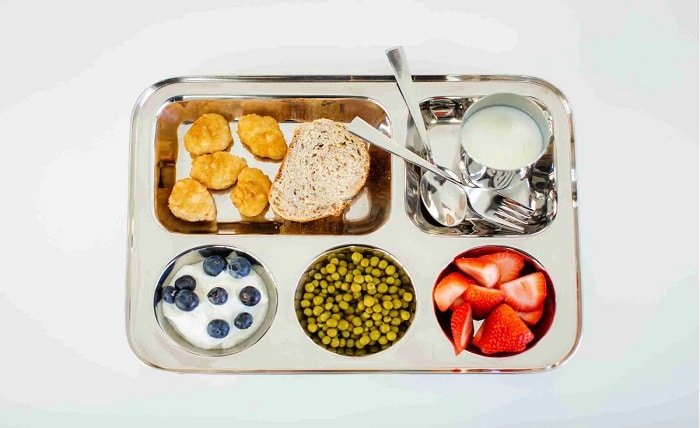Whether you’re an experienced caterer, a restaurant owner, or just a foodie who likes to entertain at home, choosing the perfect food tray can make a significant difference to the overall presentation and enjoyment of your dishes. Selecting the right tray is not only about aesthetic appeal; it’s also about practicality and sustainability.
Different Cuisines, Different Trays
Certain trays complement particular cuisines better than others. Consider the food culture when purchasing a tray. British cuisine, with its hearty, hot dishes like fish and chips, pies and pasties, favours rustic wooden trays that echo its homely, comfort-food character.
Conversely, the delicacy of Japanese cuisine favours minimalist trays. Sushi and sashimi, for example, look stunning on sleek black or white rectangular trays, replicating the simplicity and elegance inherent in Japanese culture.
The Size and Shape Matters
The size and shape of the food tray play a critical role in presenting your dishes. A banquet offering a wide variety of dishes would require larger, compartmentalised trays to keep the offerings separate and identifiable. Conversely, smaller trays would suit single-portion dishes or delicate hors d’oeuvres.
Consider The Material
The material of the tray indirectly communicates the tone of your meal. Stainless steel trays radiate a sleek, modern vibe, perfect for upmarket gatherings or contemporary restaurants. On the other hand, wooden trays underscore a rustic, natural feel, which is excellent for outdoor or health-focused events.
Plastic trays are conventional and practical, ideal for casual dining scenarios. However, they don’t have the longevity of wood or stainless steel. As more consumers lean towards eco-friendliness, biodegradable material or reusable trays are becoming increasingly popular, aligning with environmental commitments without sacrificing style or functionality.
Temperature Matters
The temperature of the cuisine should influence your choice of food tray. For example, metal trays are excellent conductors of heat, suitable for warm dishes, while wooden or bamboo trays are better suited for cold or room-temperature offerings.
Colour Co-ordination
Lastly, let’s not forget the importance of colour. The colour of your tray can either complement or contrast with your dishes, enhancing their visual appeal. A richly coloured Indian curry, for instance, would stand out on a neutral or white tray. On the other hand, a minimalist black tray would add class and sophistication to colourful sushi rolls.
To conclude, choosing the right food tray for your cuisine is a blend of several considerations – from the type of food, cultural aesthetics, size and shape, to material, temperature and colour. Making the correct choice enhances not only the presentation of your dishes but also the overall dining experience. That makes it a decision worth giving some thought to!

